Grow carrots from seed? Absolutely! Imagine pulling vibrant, sweet carrots straight from your own backyard, bursting with flavor that store-bought ones just can’t match. It’s easier than you think, and I’m here to guide you through every step of the process with these simple DIY tricks!
Carrots have a rich history, dating back thousands of years. Originally cultivated for their aromatic leaves and seeds, the sweet, orange root we know and love today is a relatively modern development. From ancient medicinal uses to becoming a staple in cuisines worldwide, carrots have truly earned their place in our gardens and on our plates.
But why bother growing your own? Well, for starters, you control exactly what goes into your food. No harsh chemicals, just good old-fashioned sunshine, water, and a little bit of love. Plus, there’s something incredibly satisfying about nurturing a tiny seed into a delicious, crunchy carrot. Many people struggle with germination and getting a good yield, but I’m going to share some insider secrets that will dramatically increase your success rate. These DIY tricks will help you grow carrots from seed like a pro, even if you’re a complete beginner. Get ready to enjoy the freshest, most flavorful carrots you’ve ever tasted!
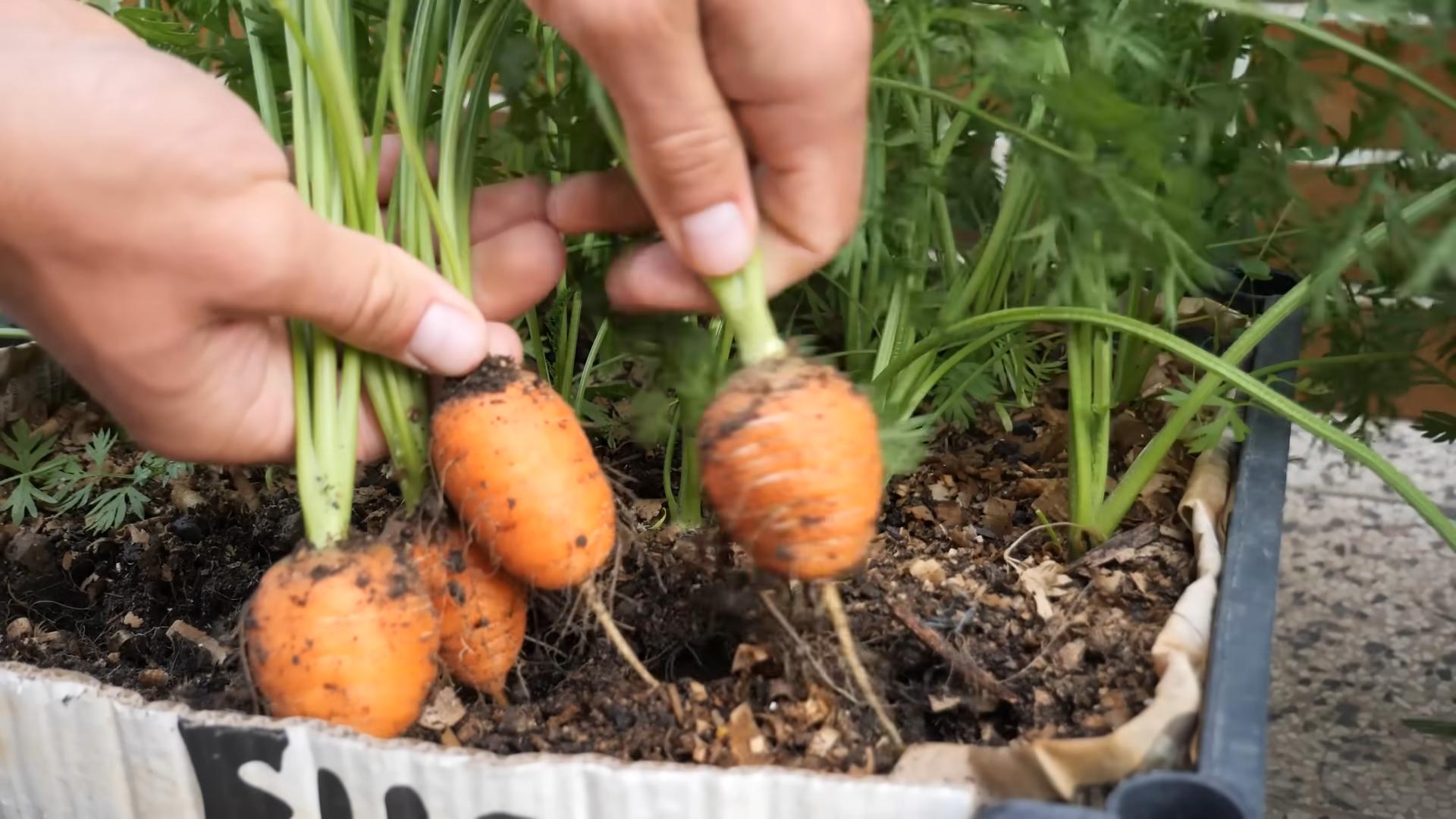
Growing Carrots From Seed: A Complete DIY Guide
Okay, so you want to grow carrots from seed? Awesome! It’s surprisingly easy and incredibly rewarding to pull your own fresh, sweet carrots straight from the ground. I’ve been doing it for years, and I’m going to walk you through everything you need to know, from choosing the right seeds to harvesting your crunchy bounty. Let’s get started!
Choosing the Right Carrot Variety
First things first, let’s talk about carrot varieties. There are tons of different types, and the best one for you will depend on your climate, soil type, and personal preference. Here’s a quick rundown:
* Nantes: These are classic, cylindrical carrots with a sweet flavor and smooth skin. They’re a great all-around choice and do well in most soils.
* Danvers: These are longer and more tapered than Nantes carrots, and they’re known for their good storage ability. They’re also a good choice for heavier soils.
* Chantenay: These are shorter, thicker carrots with a slightly more robust flavor. They’re a good choice for shallow or rocky soils.
* Imperator: These are the long, slender carrots you often see in supermarkets. They require loose, well-drained soil to grow properly.
* Novelty Carrots: Don’t forget the fun ones! You can find carrots in purple, yellow, white, and even red. These add a splash of color to your garden and your plate.
Consider your growing season length too. Some varieties mature faster than others. Check the seed packet for the “days to maturity” information.
Preparing Your Carrot Bed
Carrots need loose, well-drained soil to grow straight and long. Rocky or compacted soil will result in stunted, forked, or misshapen carrots. Trust me, I’ve been there! Here’s how to prepare your carrot bed:
* Choose a sunny location: Carrots need at least 6 hours of sunlight per day.
* Clear the area: Remove any rocks, weeds, or debris from the planting area.
* Loosen the soil: This is the most important step! Use a garden fork or tiller to loosen the soil to a depth of at least 12 inches.
* Amend the soil: Add plenty of compost or well-rotted manure to improve drainage and fertility. Avoid adding fresh manure, as it can cause forked roots.
* Create a smooth seedbed: Rake the soil to create a smooth, even surface. This will make it easier to sow the seeds evenly.
Sowing Carrot Seeds
Carrot seeds are tiny, which can make them a bit tricky to sow. But don’t worry, I’ve got some tips to help you out:
* Timing is key: Sow carrot seeds directly into the garden 2-3 weeks before the last expected frost. You can also sow them in succession every 2-3 weeks for a continuous harvest.
* Create shallow furrows: Use a hoe or your finger to create shallow furrows about 1/4 inch deep and 1-2 inches apart.
* Sow the seeds thinly: This is the hardest part! Try to sow the seeds as thinly as possible. You can use a seed dispenser or mix the seeds with sand to make them easier to handle.
* Cover the seeds: Gently cover the seeds with a thin layer of soil.
* Water gently: Water the soil gently to avoid washing away the seeds.
* Mark the rows: Label the rows with the carrot variety and the date of sowing.
Caring for Your Carrot Seedlings
Once your carrot seeds have germinated, it’s important to provide them with the right care to ensure a healthy harvest.
* Thin the seedlings: This is crucial! When the seedlings are about 2 inches tall, thin them to about 1-2 inches apart. This will give the carrots enough space to grow. You’ll need to thin them again when they are a bit bigger to about 3-4 inches apart. Don’t be afraid to pull them out; it’s better to have fewer, larger carrots than a bunch of small, crowded ones.
* Water regularly: Carrots need consistent moisture to grow properly. Water deeply whenever the top inch of soil feels dry.
* Weed carefully: Weeds can compete with carrots for nutrients and water. Remove weeds regularly by hand, being careful not to disturb the carrot roots.
* Fertilize lightly: Carrots don’t need a lot of fertilizer, but a light feeding of a balanced fertilizer can help them grow. Avoid fertilizers high in nitrogen, as this can cause excessive top growth at the expense of root development.
* Protect from pests: Carrot rust flies and carrot weevils can be a problem. Cover your carrot bed with row covers to protect them from these pests.
Harvesting Your Carrots
The moment you’ve been waiting for! You can start harvesting carrots when they reach the desired size. Check your seed packet for the expected size and maturity time.
* Loosen the soil: Before pulling the carrots, loosen the soil around them with a garden fork.
* Grasp the tops: Grasp the carrot tops firmly and gently pull the carrots straight up.
* Wash and enjoy: Wash the carrots thoroughly and enjoy them fresh from the garden!
Troubleshooting Common Carrot Problems
Even with the best care, you might encounter some problems when growing carrots. Here are a few common issues and how to deal with them:
* Forked roots: This is usually caused by compacted soil or rocks in the soil. Make sure to prepare your carrot bed properly and remove any obstacles.
* Stunted growth: This can be caused by poor soil, lack of water, or pests. Amend your soil with compost, water regularly, and protect your carrots from pests.
* Bitter taste: This can be caused by hot weather or inconsistent watering. Provide shade during the hottest part of the day and water regularly.
* Carrot rust flies: These pests lay their eggs near the base of the carrot plants, and the larvae burrow into the roots. Cover your carrot bed with row covers to prevent them from laying eggs.
* Cracking: This is often caused by inconsistent watering. Try to keep the soil evenly moist.
Step-by-Step Instructions: From Seed to Harvest
Let’s break down the whole process into easy-to-follow steps:
1. Choose Your Variety: Select a carrot variety that suits your climate, soil, and taste preferences.
2. Prepare the Soil: Find a sunny spot, clear debris, and loosen the soil to at least 12 inches deep. Amend with compost.
3. Sow the Seeds: Create shallow furrows, sow seeds thinly, cover lightly with soil, and water gently.
4. Thin the Seedlings: When seedlings are 2 inches tall, thin to 1-2 inches apart, then again later to 3-4 inches.
5. Water Regularly: Keep the soil consistently moist, watering deeply when the top inch feels dry.
6. Weed Carefully: Remove weeds regularly by hand to avoid disturbing the carrot roots.
7. Fertilize Lightly: Use a balanced fertilizer sparingly, avoiding high-nitrogen formulas.
8. Protect from Pests: Use row covers to protect against carrot rust flies and other pests.
9. Harvest Your Carrots: Loosen the soil, grasp the tops, and gently pull the carrots straight up when they reach the desired size.
10. Wash and Enjoy!: Wash your freshly harvested carrots and enjoy them in your favorite recipes or as a healthy snack.
Tips for Success
Here are a few extra tips to help you grow the best carrots ever:
* Use fresh seeds: Carrot seeds lose their viability quickly, so use fresh seeds for the best germination rate.
* Soak the seeds before planting: Soaking the seeds in water for a few hours before planting can help speed up germination.
* Plant in raised beds: Raised beds can improve drainage and make it easier to control the soil.
* Mulch around the plants: Mulch can help retain moisture, suppress weeds, and regulate soil temperature.
* Rotate your crops: Avoid planting carrots in the same spot year after year to prevent soilborne diseases.
* Don’t give up!: Growing carrots can be challenging, but it’s also incredibly rewarding. Don’t be discouraged if you don’t get it right the first time. Just keep learning and experimenting, and you’ll be harvesting delicious carrots in no time.
Storing Your Harvest
If you have a bumper crop of carrots, you’ll want to know how to store them properly. Here are a few options:
* In the refrigerator: Cut off the tops and store the carrots in a plastic bag in the
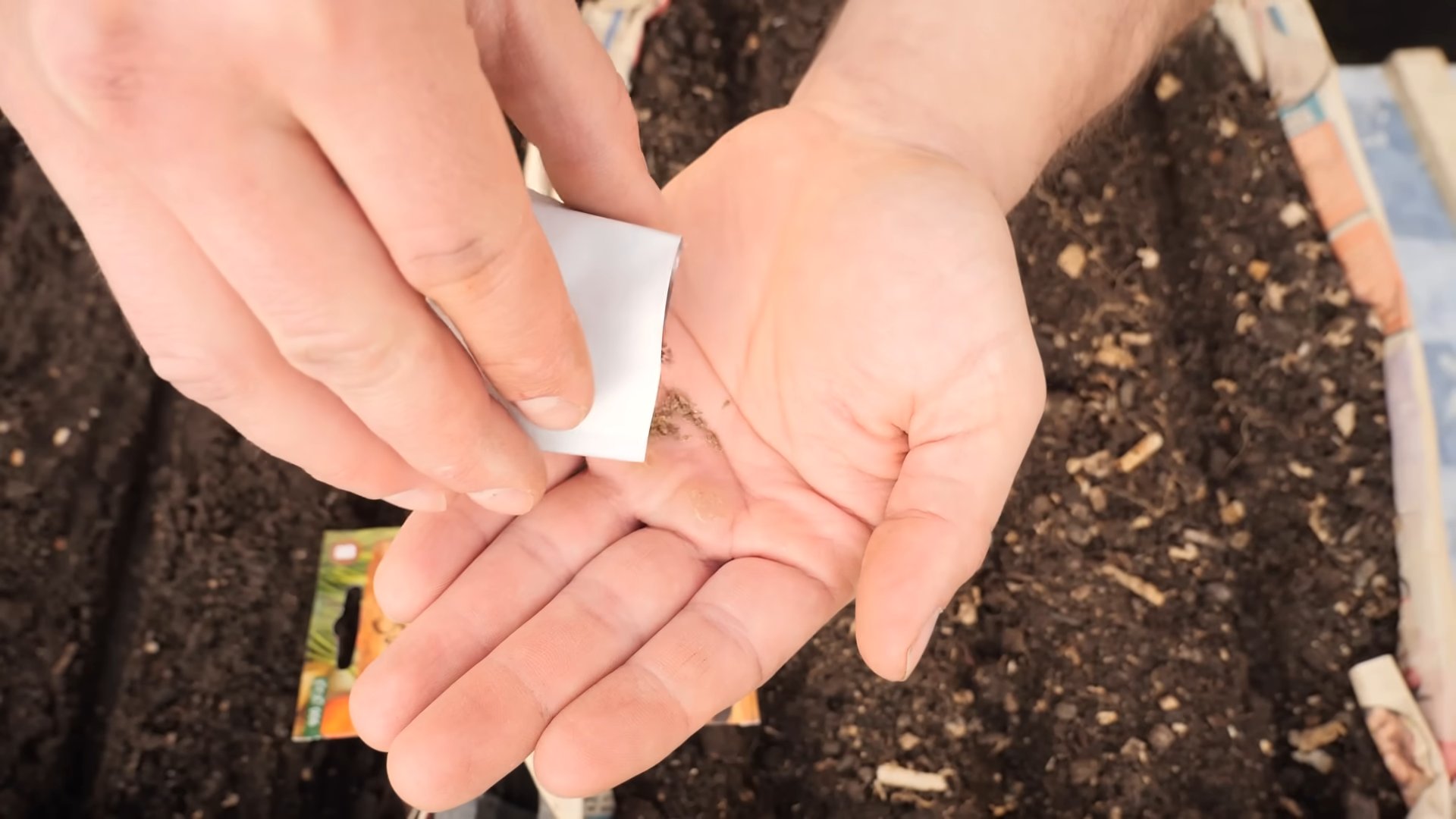
Conclusion
So, there you have it! Growing carrots from seed might seem daunting at first, but with a little patience and these simple steps, you’ll be harvesting your own sweet and crunchy carrots in no time. This DIY trick is a must-try for several compelling reasons. First, the flavor of homegrown carrots is simply unmatched. The difference between a store-bought carrot and one pulled fresh from your garden is like night and day – the sweetness is more intense, the texture is crisper, and the overall experience is far more rewarding.
Second, you have complete control over the growing process. You can choose organic seeds, avoid harmful pesticides, and ensure your carrots are grown in the healthiest possible environment. This is especially important if you’re concerned about the quality and safety of your food.
Third, growing carrots from seed is incredibly cost-effective. A packet of seeds is far cheaper than buying pre-grown carrots from the store, and you’ll get a much larger yield. Plus, you’ll have the satisfaction of knowing you grew them yourself!
But the benefits don’t stop there. Gardening is a fantastic way to relieve stress, connect with nature, and get some exercise. It’s a hobby that can be enjoyed by people of all ages and abilities. And let’s not forget the educational aspect – growing carrots from seed is a great way to teach children about where their food comes from and the importance of healthy eating.
Variations and Suggestions:
* Container Gardening: If you don’t have a garden, don’t worry! Carrots can be successfully grown in containers. Choose a deep container (at least 12 inches) and use a well-draining potting mix.
* Succession Planting: To enjoy a continuous harvest of carrots, sow seeds every few weeks throughout the growing season.
* Companion Planting: Plant carrots alongside onions, garlic, or rosemary to deter pests.
* Carrot Varieties: Experiment with different carrot varieties to find your favorites. Nantes carrots are known for their sweetness, while Chantenay carrots are shorter and sturdier. Rainbow carrots add a splash of color to your garden and your plate.
* Soil Amendments: If your soil is heavy clay, amend it with compost or sand to improve drainage.
* Thinning: Don’t be afraid to thin your seedlings! This is crucial for allowing the remaining carrots to develop properly.
* Fertilizing: Carrots don’t need a lot of fertilizer, but a light feeding of a balanced fertilizer can help them grow.
* Pest Control: Keep an eye out for carrot rust flies and other pests. Use row covers or organic pest control methods to protect your crop.
We truly believe that growing carrots from seed is an experience everyone should try. It’s a rewarding, educational, and delicious way to connect with nature and enjoy fresh, healthy food. So, grab a packet of seeds, get your hands dirty, and start growing!
We’d love to hear about your experiences! Share your photos, tips, and tricks in the comments below. Let’s build a community of carrot-growing enthusiasts! What are you waiting for? Start your carrot growing adventure today!
Frequently Asked Questions (FAQ)
What is the best time of year to grow carrots from seed?
The best time to plant carrot seeds depends on your climate. In general, carrots are a cool-season crop, so they thrive in spring and fall. For a spring crop, sow seeds 2-3 weeks before the last expected frost. For a fall crop, sow seeds 2-3 months before the first expected frost. In warmer climates, you can grow carrots throughout the winter.
How deep should I plant carrot seeds?
Carrot seeds are very small, so they should be planted shallowly. Sow seeds about ¼ inch deep and gently cover them with soil.
How long does it take for carrot seeds to germinate?
Carrot seeds can take anywhere from 7 to 21 days to germinate, depending on the soil temperature and moisture levels. Keep the soil consistently moist during this time.
What kind of soil is best for growing carrots?
Carrots prefer loose, well-drained soil that is rich in organic matter. Avoid heavy clay soils, as they can cause the carrots to become stunted and misshapen. Amend heavy soils with compost or sand to improve drainage. The ideal soil pH for carrots is between 6.0 and 6.8.
How much sun do carrots need?
Carrots need at least 6 hours of sunlight per day. Choose a sunny location in your garden for planting.
How often should I water carrots?
Carrots need consistent moisture to grow properly. Water deeply and regularly, especially during dry periods. Avoid overwatering, as this can lead to root rot.
How do I thin carrot seedlings?
Thinning is essential for allowing the remaining carrots to develop properly. Once the seedlings are a few inches tall, thin them to about 1-2 inches apart. You can use small scissors to snip off the unwanted seedlings at the soil line.
When are carrots ready to harvest?
Carrots are typically ready to harvest 60-80 days after planting. The exact time will depend on the variety and growing conditions. You can harvest carrots when they are about ½ to 1 inch in diameter. Gently loosen the soil around the carrots and pull them straight up.
Why are my carrots small and stunted?
There are several reasons why carrots might be small and stunted. Common causes include:
* Poor soil: Carrots need loose, well-drained soil to grow properly.
* Lack of sunlight: Carrots need at least 6 hours of sunlight per day.
* Overcrowding: Thinning is essential for allowing the remaining carrots to develop properly.
* Lack of water: Carrots need consistent moisture to grow properly.
* Nutrient deficiencies: Carrots may need a light feeding of a balanced fertilizer.
How do I prevent carrot rust flies?
Carrot rust flies are a common pest that can damage carrot roots. To prevent carrot rust flies, use row covers to protect your crop. You can also plant carrots alongside onions, garlic, or rosemary, which are known to deter pests.
Can I grow carrots in containers?
Yes, carrots can be successfully grown in containers. Choose a deep container (at least 12 inches) and use a well-draining potting mix. Make sure the container has drainage holes to prevent waterlogging.
What are some good companion plants for carrots?
Good companion plants for carrots include onions, garlic, rosemary, sage, and marigolds. These plants can help to deter pests and improve the growth of carrots.
How do I store carrots after harvesting?
To store carrots, remove the greens and wash the carrots thoroughly. Store them in a cool, dark place, such as the refrigerator, in a plastic bag or container. Carrots can be stored for several weeks.
Can I eat carrot greens?
Yes, carrot greens are edible and nutritious. They can be used in salads, soups, or smoothies. However, some people find them to be bitter, so it’s best to use them sparingly.
What are some different varieties of carrots I can grow?
There are many different varieties of carrots to choose from, each with its own unique characteristics. Some popular varieties include:
* Nantes: Known for their sweetness and smooth texture.
* Chantenay: Shorter and sturdier than Nantes carrots.
* Danvers: A classic carrot variety with a tapered shape.
* Imperator: Long and slender carrots, often used for processing.
* Rainbow carrots: A mix of different colored carrots, including purple, yellow, and white.

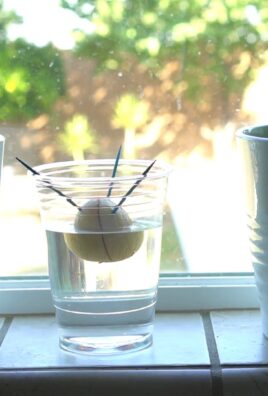
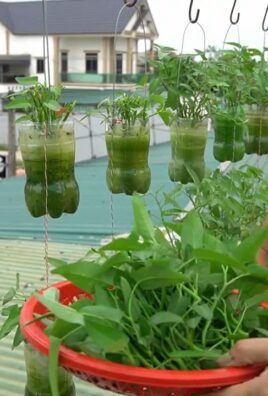
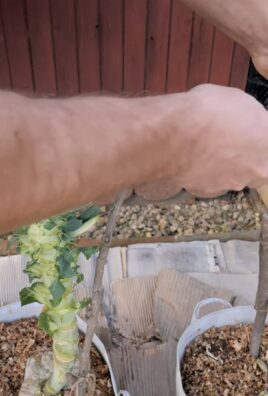
Leave a Comment